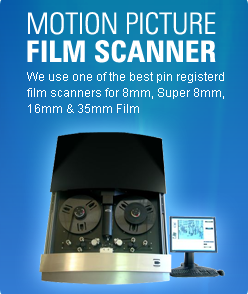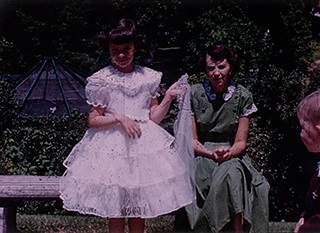
Some customer in Bozeman may be wondering just how much information is actually on film!! That's a good question. Film is an analogue source, like a painting. There is a certain resolution needed to faithfully capture all the details in a digital form. The following images are a simplification to illustrate some general points and are not exact.
In general it is recommended that you scan at or above the resolution of the film. For 8mm and Super 8 that means scanning at HD or 2K.
16mm Film Bozeman |
|
Process Comparison
|
|
Pro SD Scan
|
|
Pro HD Scan
|
|
Pro 2K Scan
|
|
35mm Film |
|
Process Comparison
|
|
Pro HD Scan
|
|
Pro 2K Scan
|
|
Pro 4K Scan
|
|
Bozeman Fun Facts: The city is named after John M. Bozeman, founder of the Bozeman Trail, a shortcut connecting the Oregon Trail to the gold rush territory of Montana. Bozeman lies about 60 miles east of Butte and 98 miles southeast of the Montana state capital of Helena. The city is also located 93 miles north of Yellowstone National Park.
Montana Fun Facts: Army, often referred to as “Custer’s Last Stand.” Yellowstone National Park, located in southern Montana and northern Wyoming, was the first national park established in the United States. Montana is the fourth largest U.S. state by area, behind Alaska, Texas and California, but with an average of just six people per square mile, it is one of the country’s least densely populated states. Although the name Montana is derived from the Spanish montaña (“mountain” or “mountainous region”), it has an average elevation of only 3,400 feet, the lowest among the Rocky Mountain states.













